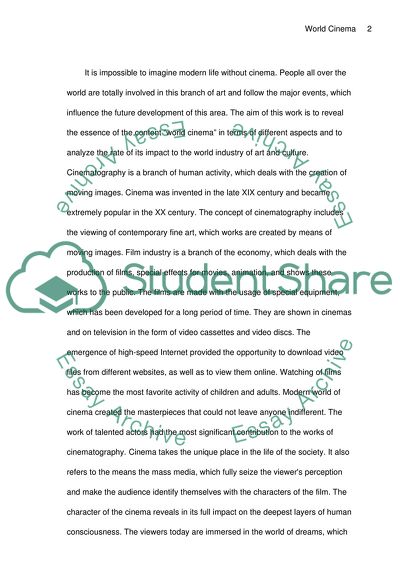Cite this document
(World Cinema Essay Example | Topics and Well Written Essays - 2500 words, n.d.)
World Cinema Essay Example | Topics and Well Written Essays - 2500 words. https://studentshare.org/visual-arts-film-studies/1836526-what-is-meant-by-the-term-world-cinema
World Cinema Essay Example | Topics and Well Written Essays - 2500 words. https://studentshare.org/visual-arts-film-studies/1836526-what-is-meant-by-the-term-world-cinema
(World Cinema Essay Example | Topics and Well Written Essays - 2500 Words)
World Cinema Essay Example | Topics and Well Written Essays - 2500 Words. https://studentshare.org/visual-arts-film-studies/1836526-what-is-meant-by-the-term-world-cinema.
World Cinema Essay Example | Topics and Well Written Essays - 2500 Words. https://studentshare.org/visual-arts-film-studies/1836526-what-is-meant-by-the-term-world-cinema.
“World Cinema Essay Example | Topics and Well Written Essays - 2500 Words”. https://studentshare.org/visual-arts-film-studies/1836526-what-is-meant-by-the-term-world-cinema.


